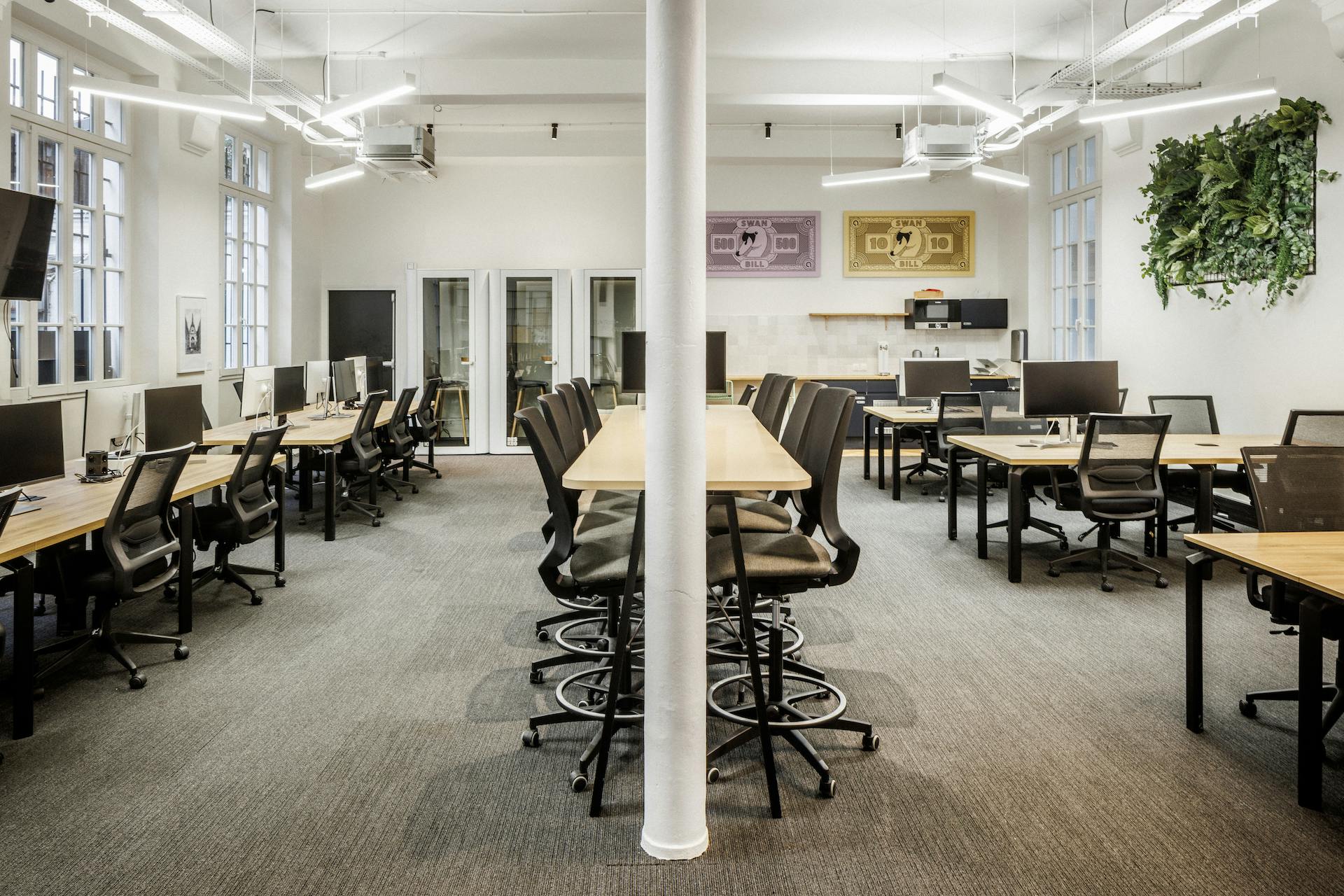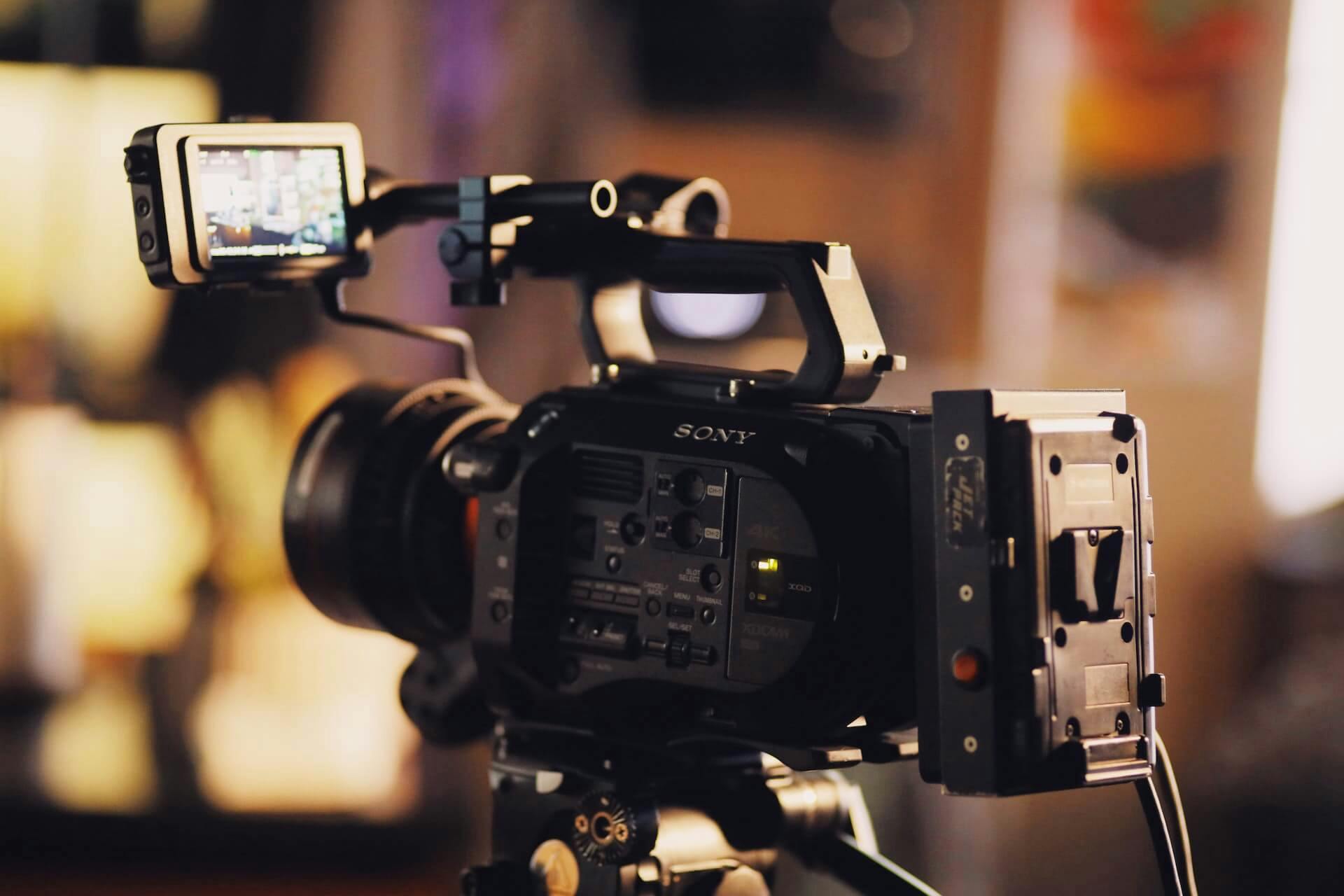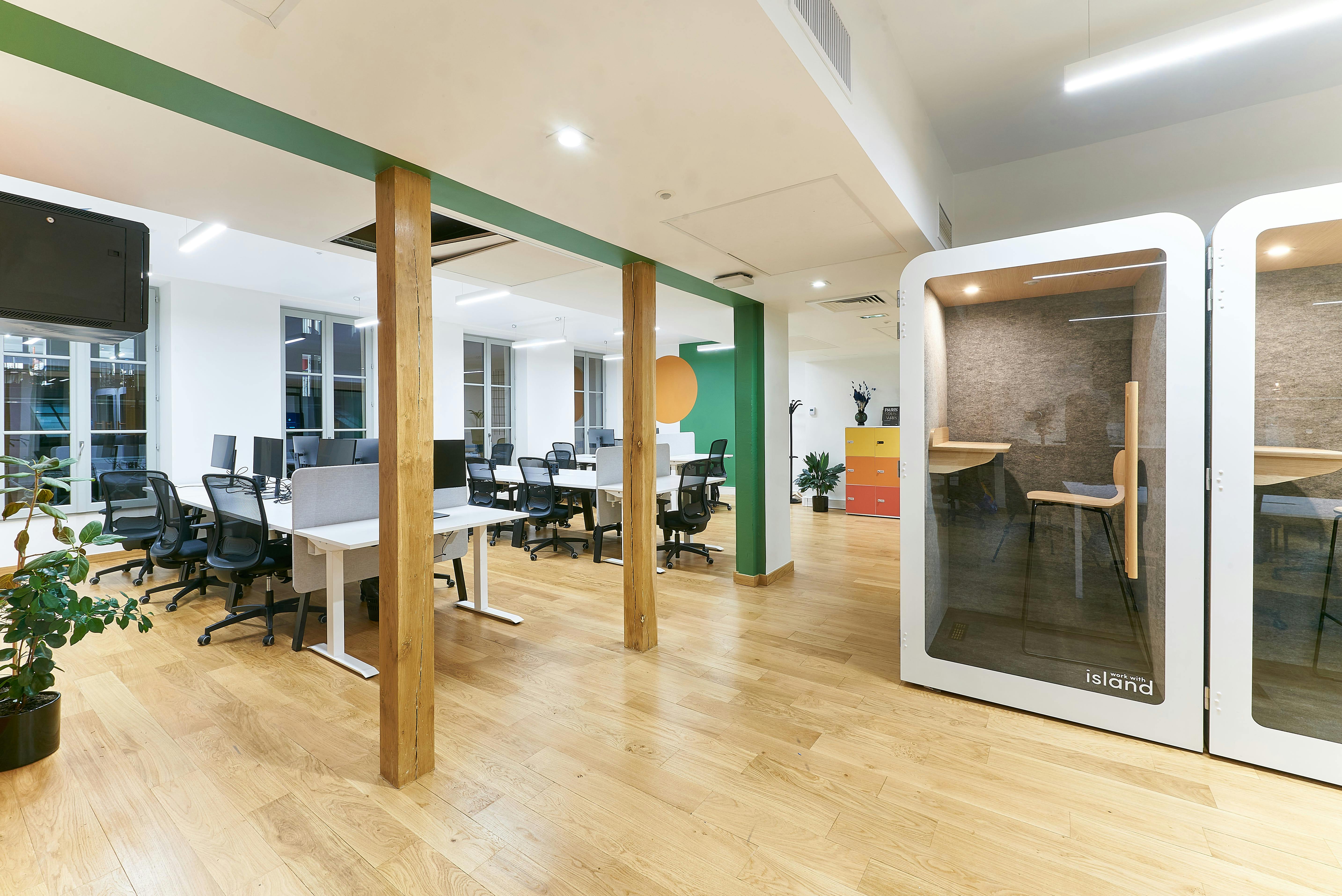

The Future of Work by Ingrid Nappi

Ingrid Nappi is no novice in the real estate sector: since her thesis in 1988 on the golden age of Parisian offices, she has decided to make corporate real estate her field of study. 30 years of observation on the transformations of this world.
Offices are a particular resource for the managerial aspect of a company. Today we understand how workspaces create value and how the management of real estate assets becomes strategic for companies.
In general, office property crystallises managerial, financial and territorial issues.
What have been the main developments that you have observed as an expert on the subject over the last 30 years?
I have been able to analyse and experience 4 major phases that it is necessary to keep in mind in order to anticipate the future:
1. The 1980s, with a real shortage of office space in Paris. Paradoxically, this was the golden age of American multinationals.
This was the birth of the "Parisian liners": spaces of over 30,000m2, to international standards, functional and usable by any company. The beginning of a real estate euphoria and the liberation of approval.
2. The 1990s with the bursting of the speculative bubble. For the first time, we move from a patrimonial vision to a financial vision of real estate. This is the financialisation of real estate.
3. Late 2000s: we move from financialisation to use value. The needs of the users come before the financial aspect. Space is no longer allocated to the person but to the function.
At the same time, the environmental and digital revolution is taking place. The building then becomes the showcase of the occupant's know-how. School campuses are a representation of this! The digital revolution also makes it possible to realise that you can work from wherever you want. The hierarchy represented by the size of the office is beginning to disappear.
Our ways of working are now focused on group projects, which leads to a decompartmentalisation. The company is looking to optimise the cost of the workstation, which is the second largest expense.
Companies want solutions to use digital technology and lower the cost of the workstation. This is the birth of Co-Working and the Flex-Office.
4. Covid. We have moved from use value to health value. The notion of well-being at work places the occupant of the space at the heart of strategic real estate thinking.
What is Corpoworking?
There is a need today for adaptability and flexibility in real estate offers.
To meet this demand from medium-sized companies, we are seeing the privatisation of coworking spaces, which is transforming them into "Corpoworking".
The search for a healthy working environment will lead to a desire not to share the same spaces.
This allows teams of managers to offer private spaces in the city centre at lower cost.
Covid is the trigger for a new phase of privatisation of workspaces, do you think this will continue after this health crisis?
Telework was formerly chosen and often reserved for managers. The "Mon Bureau de Demain®" survey conducted by the ESSEC Workplace Research Chair shows that 8 out of 10 students prefer to return to a more compartmentalized and dedicated workspace. On average, statistics show that 2 days of telework per week is the right pace.
The office, and in particular the coffee machine, remains an anchor despite the digitalisation of the economy. It allows for the development of informality and the human touch. We have always needed a space to meet, collaborate and exchange. Everyone agrees that we will need the office and that telework does not fit all sectors of activity.
Having said that, there will definitely be a reorganisation of work, with more dialogue between property managers, human resources and innovation managers as technology influences the way we work.


Contact Us
We find your Perfect fit!
